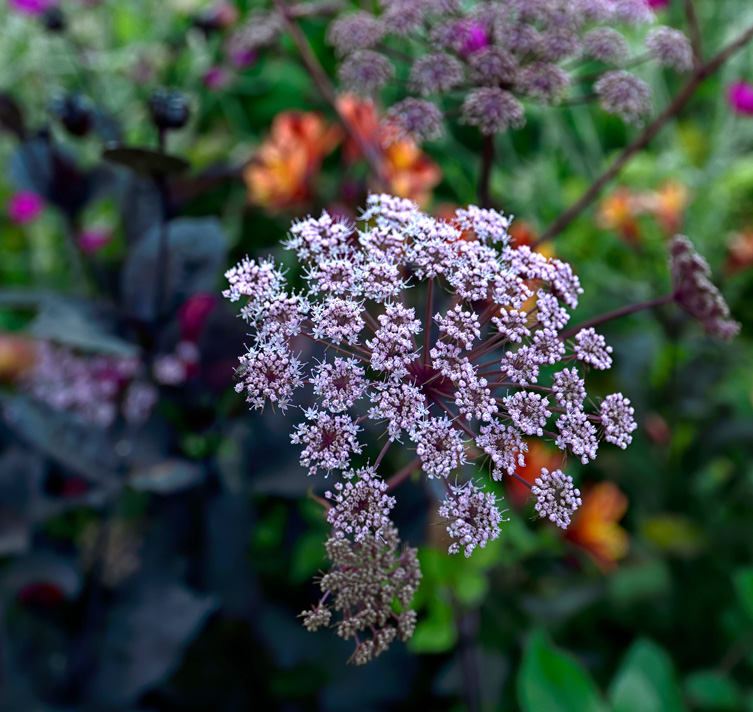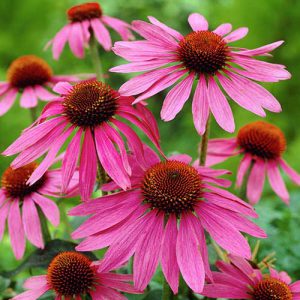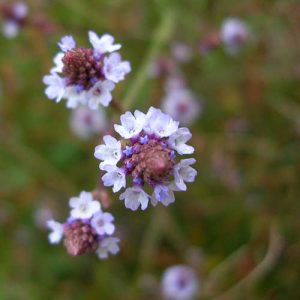- 1-9 pkts $4.50
- 10 pkts FREE
- Express post $12
Angelica sylvestris ‘Vicar’s Mead’
PURPLE ANGELICA
Angelica sylvestris ‘Vicar’s Mead’ is a dramatic feature plant with claret-purple leaves; purple-pink flower heads; and deep red-purple stems.
Not permitted for WA
Spectacular colour
Large domed heads of purple-pink lacy flowers grace the garden over summer, on their deep rosy-purple purple stems.
When the heads are in bud they are very deep purple, then as the flowers open they burst to pink-purple.
Superb in garden or vase
So both foliage and flower heads are a great garden feature and contrast beautifully with all the surrounding greens.
And they look absolutely stunning near anything silver.
The whole plant gives great architectural structure to the garden or vase.
Highly desired for floristry
No surprise that the flower heads of Angelica sylvestris ‘Vicar’s Mead’ are highly desired for floristry.
Both when dried for permanent arrangements, or when used fresh in vases and bouquets.
Insect repelling companion plant
However Angelica sylvestris ‘Vicar’s Mead’ is also a useful companion to plant near your Brassica crops such as Cabbage and Cauliflower, and helps to deter pesky insects.
And what a show it puts on while doing such useful work.
Self sowing garden regular
Angelica sylvestris ‘Vicar’s Mead’ is classified as a short lived perennial, though usually thought of as a self-sowing biennial, because it sows itself so successfully each year.
The baby new volunteer ‘Vicars’ are easily spotted, because of the gorgeous foliage colour.
And you can easily replant them where you want them or pot them up for school fetes.
They will be the top selling item on the fete plant table.
So after flowering each year, let seed drop to renew plants for the following year, and don’t be too tidy weeding them all out.
Hardy woodlander
Plant Angelica sylvestris ‘Viacar’s Mead’ in part shade; the dappled light under trees and shrubs; or in morning sun.
It absolutely loves woodland conditions with plenty of leaf litter.
Frost hardy
Where it is frost hardy.
Copes in a wide variety of soils including clay
and copes in a wide variety of soils, including clay.
What it really relishes are heavier soils, plenty of mulch, clay and even boggy spots; while it may struggle in very dry sandy soil.
Hardy easy low maintenance
Hardy, easy, low maintenance, self renewing ancient herb.
SEED SOWING ADVICE:
Sow any time indoors in a punnet, whenever suitable temperatures can be provided (15-20°C).
OR
Scatter directly in the garden in autumn and winter to allow nature to give a winter chilling.
Sow indoors for quicker and maximum germination: First sow the seeds in a punnet on the surface of good quality seed raising mix.
Then barely cover the seed with 1.5mm of sieved mix.
Because these seeds need light to germinate.
Now thoroughly moisten the punnet by standing in a shallow water bath. And allowing the moisture to percolate up to the surface of the mix from below.
Now drain and place the moist, sown punnet in a warm, well-lit position.
Temperatures of 15-20°C approx. are ideal for rapid and optimum germination.
You can use a heat mat if you have one.
Continue to keep the punnet consistently moist by misting the punnet from a spray water bottle.
Covering the punnet with a clear plastic cover will also help to maintain necessary consistent moisture.
These seeds really respond to stable moisture levels.
Seeds germinate in approx. 21 days across a period of 2-4 weeks.
However if the seeds are shy to germinate – it means they have become naturally dormant, and need a period of chilling to break dormancy.
So wrap the punnet in cling-wrap or a plastic bag, and keep in the fridge (not freezer) for 2-4 weeks.
Then return the moist punnet to the warm, well-lit position at approx. 15-20°C for germination. But do not discard the punnet too quickly, as seeds will continue to germinate over a period. Which is normal for Angelica.
Seed Count: 10 seeds per pack approx.
(We always aim to exceed the stated seed count, and give a generous serve).
COOKING, HISTORY, MYTHS & LEGENDS
Angelica sylvestris is a completely useful plant, on top of being so decorative.
Because leaves, roots, stems and seeds are all edible, and all have modern culinary and historic medicinal uses.
Cooking
Young stems are harvested and chopped raw into salads, while thicker stems are delicious steamed and served with butter. For a taste sensation try roasted stems together with onions and pork.
Candied Angelica stems are a cake maker’s delight.
While the dried Angelica seeds give a real lift to soups, scrambled eggs, custards and white sauce.
And Angelica’s distinctive flavour is an essential ingredient in much loved liqueurs such as Bénédictine, Vermouth, Dubonnet and Chartreuse.
Medicinal
Angelica sylvestris has long been used to aid digestion, and angelica chews are still popular today to settle the tummy and stave off travel sickness.
History, myths and legends
The botanical name for Angelica comes from Latin, where the word “angelica” means angelic.
And it refers to the plant’s medicinal and healing properties being on the side of the angels.
Click here for Nursery Open Days & Open Gardens Information
https://www.gardivalia.com.au/open-gardens
Click here to go back to Seeds Shop
https://www.seedscape.net.au/shop/
Related products
-
Add to WishlistAlready In WishlistAdd to Wishlist
-
Add to WishlistAlready In WishlistAdd to Wishlist
-
Add to WishlistAlready In WishlistAdd to Wishlist
-
Add to WishlistAlready In WishlistAdd to Wishlist





